Tariffs have had a significant impact on the pricing for bridal shops, leading to increased costs for both the businesses and their customers. Here are some key points on how tariffs are affecting the bridal industry:
1. Increased Cost of Imported Materials
Many bridal shops rely on imported textiles and gowns from countries like China, Japan, and Italy. These imports are subject to new tariffs, which have driven up costs for designers and retailers. For example, Lynn Moga, owner of Allettante Bellezza in Jensen Beach, Florida, mentioned that her business imports materials from regions like Japan, Indonesia, and China. With tariffs increasing the cost of these imports, she is facing a potential 30% increase in prices.
2. Price Hikes for Brides
As a result of higher import costs, bridal shops are likely to pass these increased costs onto their customers. This means that brides-to-be may see price increases of up to 20% or more on luxury and designer gowns. For example, one shop owner warned that wedding dress prices have risen by nearly 20% due to tariffs.
3. Impact on Inventory and Sourcing
Bridal shops are also grappling with the challenge of sourcing materials and gowns. Some shops are considering alternative suppliers or shifting production to countries with lower tariffs to mitigate costs. However, finding high-quality suppliers domestically or in other countries can be difficult, especially for intricate and luxurious designs.
4. Adjustments in Business Strategy
To cope with the tariff-induced price increases, some bridal shops are exploring ways to control costs. This includes designing and altering dresses in-house to reduce reliance on imported materials. For example, Moga designs and alters her dresses in-house, which gives her more control over pricing and allows her to keep costs closer to current levels.
5.Supporting Local Vendors
In response to the tariffs, some bridal shops are emphasizing the importance of supporting local vendors and designers. By sourcing more products domestically, shops can avoid some of the tariff-related costs and potentially offer more competitive pricing. This trend towards local sourcing can also be a positive development for domestic bridal designers and manufacturers.
Tariffs have introduced significant challenges for the bridal industry, leading to higher costs for imported materials and, consequently, increased prices for consumers. Bridal shops are navigating these changes by exploring alternative suppliers, adjusting their business strategies, and emphasizing local sourcing. While the immediate impact is felt through higher prices, the long-term effects may include shifts in sourcing strategies and a greater focus on supporting local vendors.
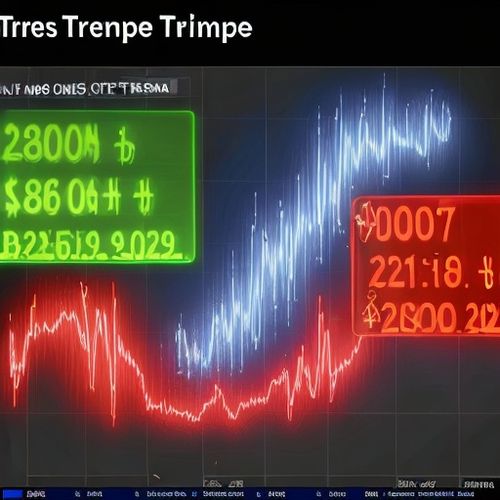
By Sarah Davis/Apr 7, 2025
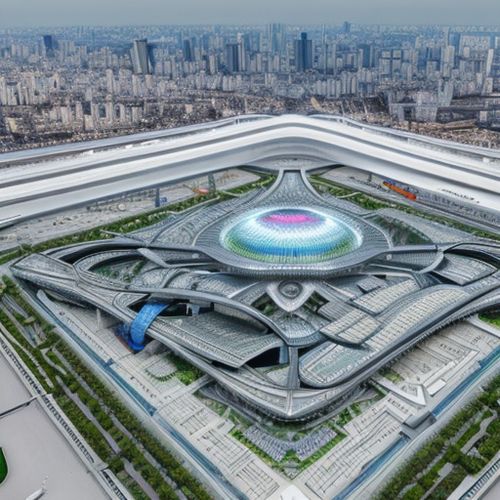
By Samuel Cooper/Apr 7, 2025
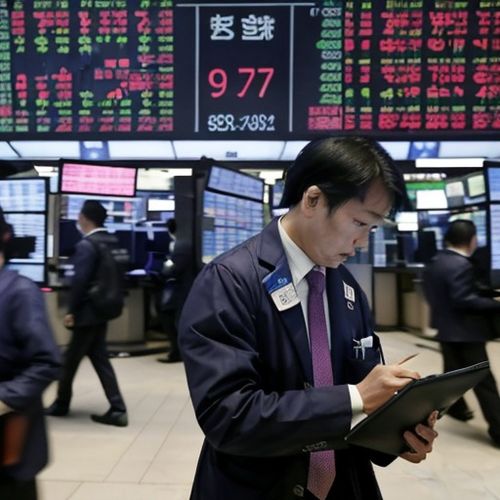
By Grace Cox/Apr 7, 2025
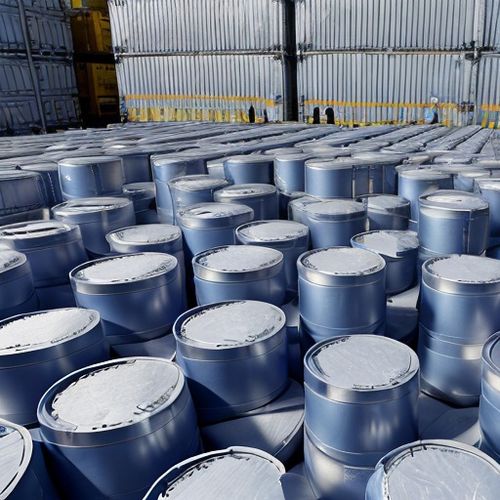
By Thomas Roberts/Apr 7, 2025

By Olivia Reed/Apr 7, 2025

By Daniel Scott/Apr 7, 2025
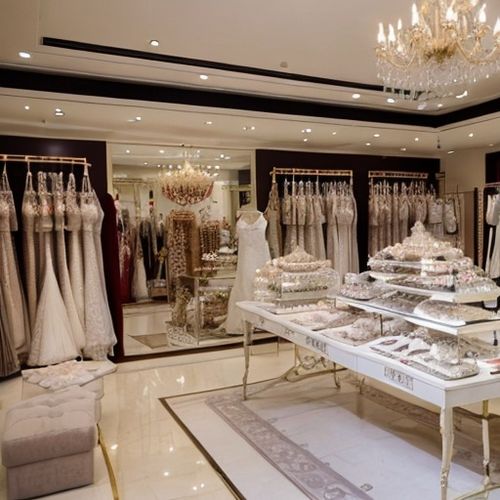
By Megan Clark/Apr 7, 2025

By Samuel Cooper/Apr 7, 2025
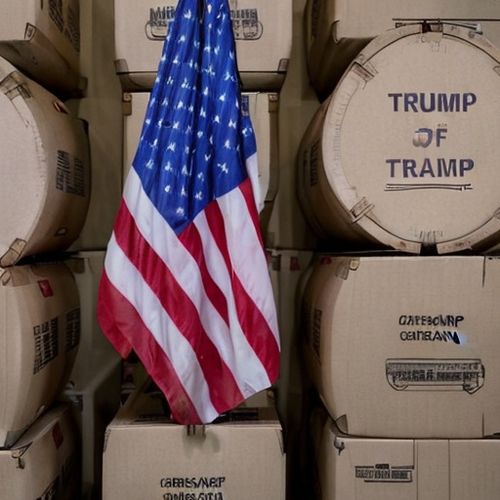
By William Miller/Apr 7, 2025

By John Smith/Apr 7, 2025
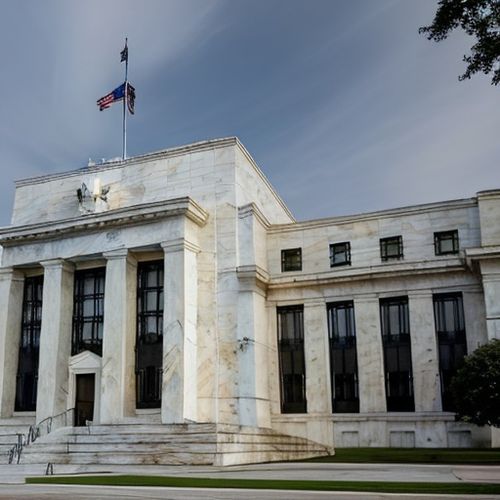
By Samuel Cooper/Apr 6, 2025
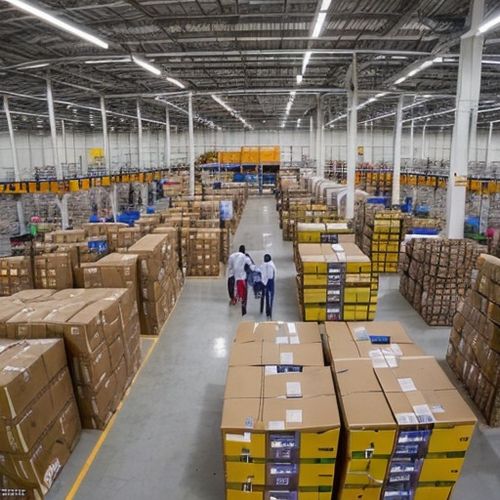
By Lily Simpson/Apr 6, 2025
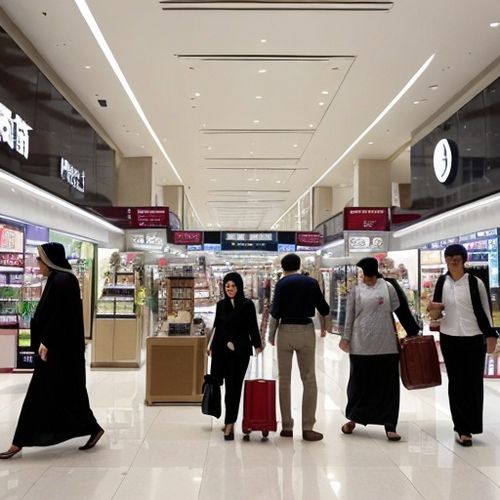
By Daniel Scott/Apr 6, 2025
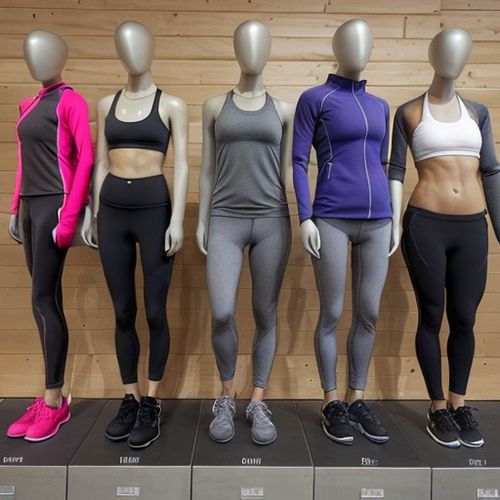
By Grace Cox/Apr 6, 2025

By Olivia Reed/Apr 6, 2025
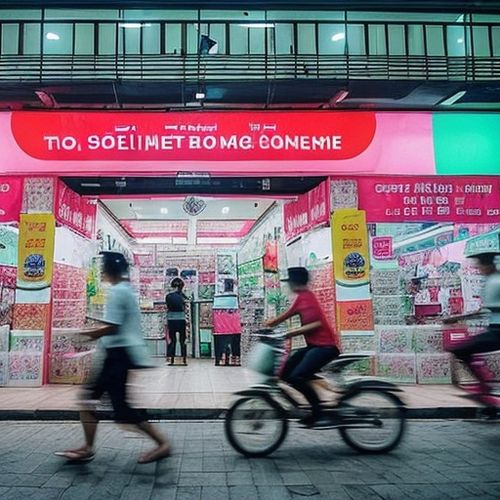
By Emma Thompson/Apr 6, 2025
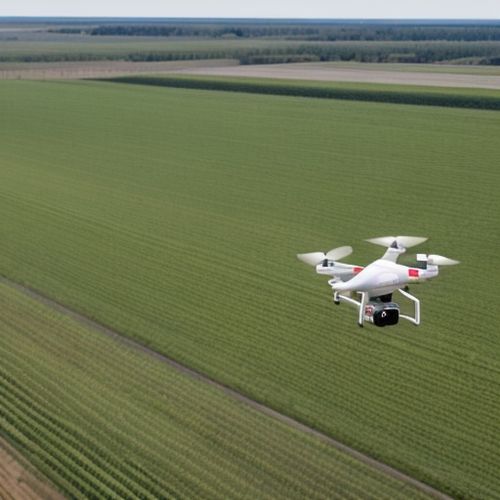
By Rebecca Stewart/Apr 6, 2025